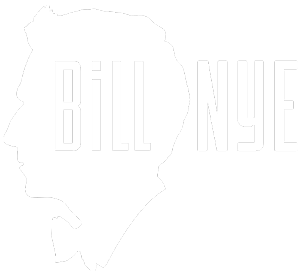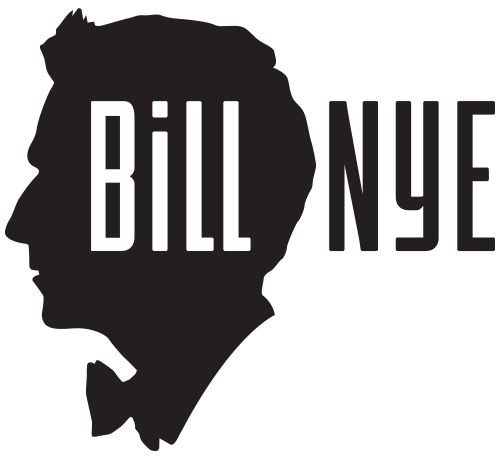Garbage
It’s time to talk trash with Bill Nye the Science Guy.
Garbage comes in two varieties – smelly and non-smelly. Wait, just kidding. Garbage is either biodegradable or non-biodegradable. Biodegradable waste is garbage that will break down and go back into the soil – things like apple cores, vegetable peels, and the stuff we flush down the toilet. Things like pens, plastic wrapping, and computer disks are examples of non-biodegradable waste – things that will be sitting around for a very long time. Humans make millions of tons of waste, and we are the only animals that make non-biodegradable garbage, so it’s up to us to do something with it all.
The best way to get control of the garbage problem is to not make so much of it – we all need to reduce the amount of stuff we throw away. Garbage such as aluminum cans, glass, plastics, and paper can be recycled. Reusing is another option – instead of throwing stuff away, try donating it to charities or to thrift stores. Someone else might reuse your old flannel shirt or the jacket that doesn’t fit you anymore. The most important step you can take in recycling is to buy recycled products, to close the loop. If you have the choice, buy products that contain recycled materials.
Bill Nye and the three R’s – reducing, reusing, and recycling.
The Big Ideas
- Living things make waste.
- Only humans make waste that is not biodegradable.
- The amount of non-biodegradable waste can be decreased by reducing, reusing, and recycling.
Did You Know That?
- Every day, each person in the United States makes about 1.8 kilograms (4 pounds) of garbage?
- New Jersey is the state with the most hazardous waste sites — 109?
- For every 1,000 kilograms (2,200 pounds) of recycled paper, 19 trees are saved?
Books of Science!
- “50 Simple Things Kids Can Do to Recycle” by The Earthworks Group. Published by Earthworks Press, 1994.
- “Where Does Garbage Go?” by Isaac Asimov. Published by Gareth Stevens Children’s Books, 1992.


